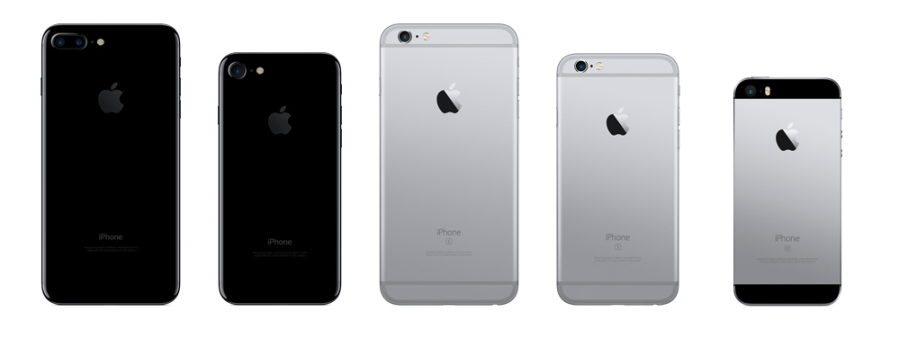With the recent release of iOS 10, Apple have opened the door for third-party apps to capture DNG RAW files using the in-built camera, with Adobe’s updated Lightroom for mobile leading the charge – very welcome news for users looking for more editing flexibility and control while they’re shooting with their mobile devices.
However, only devices that feature the most recent 12MP sensor camera (and, of course, feature the updated OS) will be able to make use of the support – that’s the iPhone 6S, 6S Plus, SE and iPad Pro 9.7, currently. The soon-to-be-released iPhone 7 and iPhone 7 Plus will also be supported.
This update brings Apple devices in line with more of their industry competitors; many higher-end Android devices have offered DNG RAW format support since the release of Lollipop 5.0 over a year ago.
With more photographs being shot on mobile devices than ever before and a focus on camera quality becoming a key concern when shopping around, accessible and powerful photo editing is also fast becoming a rising interest for many consumers.
As most photographers know, RAW files allow for far more options than their JPEG counterparts when post-processing by collecting far more information and allowing parameters to be more freely controlled when editing. On the other hand, shooting uncompressed RAW files is obviously a much bigger strain on both camera performance and storage space so the feature, useful though it is, might not be suited to every casual iPhone user.
With Lightroom Mobile, Adobe are championing the ability of photographers to edit while on the move and not being forced to return to a computer to edit their shots but, of course, users who prefer to edit on a desktop or laptop are able to sync up their DNG RAW files with Lightroom CC through iCloud.
Lightroom for Mobile 2.5 is available now. You can learn more at www.adobe.com.










